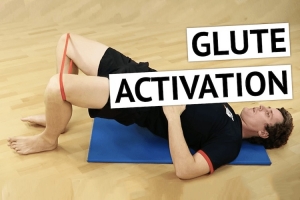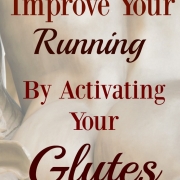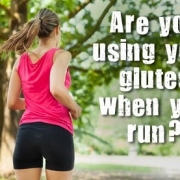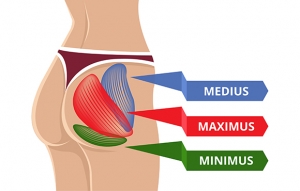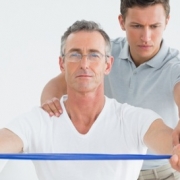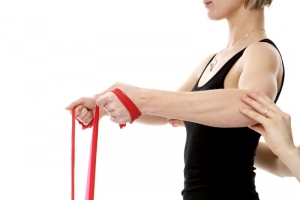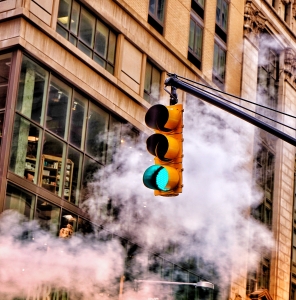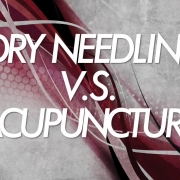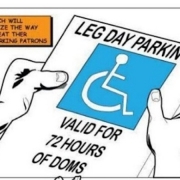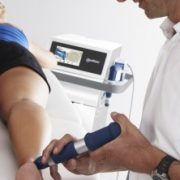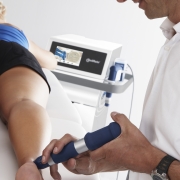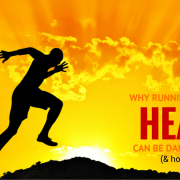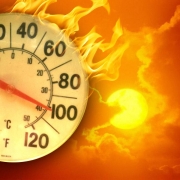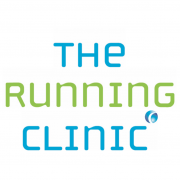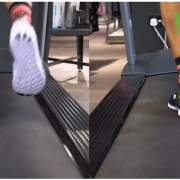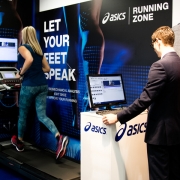What is DOMS, am I injured?
DOMS stands for Delayed Onset Muscle Soreness, and it occurs as a result of exerting your muscles. When you do an activity that is new, or you are working harder or for longer than usual, the extra stress on the tissues of your body causes micro trauma. These are microscopic tears in the fibres and occur widespread throughout the muscle groups being used.
This usually results in widespread soreness in one or multiple areas of your body 1-3 days after the activity, and the soreness can last quite a few days. This is totally normal. As these tiny microscopic tears heal they create slightly stronger muscles. It is important that our muscles go through this process in order to allow us to adapt and change, so we get better able to withstand the stresses of a new task in the future.
However, it is not possible to predict when DOMS will strike. Not everybody gets it and some people seem to suffer more than others. As a general rule it is more likely when starting out doing exercise, when doing something new, or when working harder than normal. This means as you keep training it does get better, you won’t always feel like that after exercise. For some this is reassuring to know it is possible to exercise and not feel sore the next day, and for others a lack of DOMS means they are due an upgrade to their program and should be working harder!
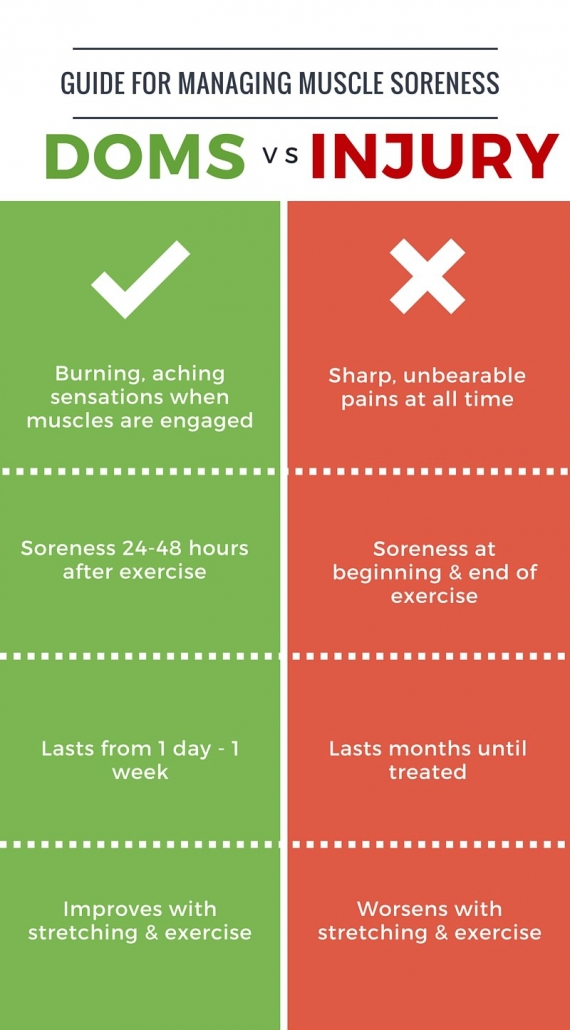
Certain types of exercise are more likely to cause DOMS than others. Typically exercises with a high eccentric load are more likely to cause soreness. Eccentric is the lowering phase of a muscle (or the deceleration phase), for example when you bring the weight back down towards your chest in a chest press.
This means that things like speed work, explosive/plyometric tasks, and repetitive high speed change of direction, all have a higher likelihood of causing soreness the next day. Clear examples of exercises with an eccentric focus would be jumping off of a box, or catching a heavy medicine ball.
Generally exercises will always have an element of concentric and eccentric demands, with other muscles working isometrically to control the movement, but you can modify them to increase or decrease the bias accordingly. This knowledge can allow you to control the amount of soreness you are likely to have following exercise. This information is also useful if you do not like DOMS. Doing a graded program that starts with basic isometric and steady concentric exercises and builds up in intensity and speed of movements slowly is more suited to managing DOMS.
There have been lots of studies into what we can do to reduce the soreness that occurs after exercise. The majority of which have shown there is very little we can do to shorten the length of time the soreness lasts. But there are things that we can do to make sure it does not last longer than normal. These include basic things like keeping active and moving around lots despite the soreness, do not repeat a hard activity or workout that targets the same area until the soreness has calmed down, drink plenty of water and eat well, and use things that usually give you a feel good effect (such as a hot bath or some gentle stretches). Some people who are training hard and need to recover as quickly as possible could also look into using the Compex for improved recovery. You are able to hire a Compex unit from The Physio Clinic to try it out.
When DOMS goes too far:
It is possible to create too much DOMS. Sudden extreme exercise can cause Rhabdomyolysis. This is rare and unlikely but possible. It causes extreme levels of post exercise soreness, rigidity (loss of range of movement due to rigid muscles), lack of urine or urine that is very dark in colour, and this takes longer to recover from that just DOMS.
It is due to excessive levels of microtrauma that results in high levels of creatine kinase in the blood and puts excessive stress on your kidneys. Unlike DOMS, Rhabdomyolysis is a serious condition that requires medical attention.
You need all the symptoms for it to be Rhabdomyolysis, if you are just excessively stiff and sore after exercise … you just have bad DOMS, plan better next time.
